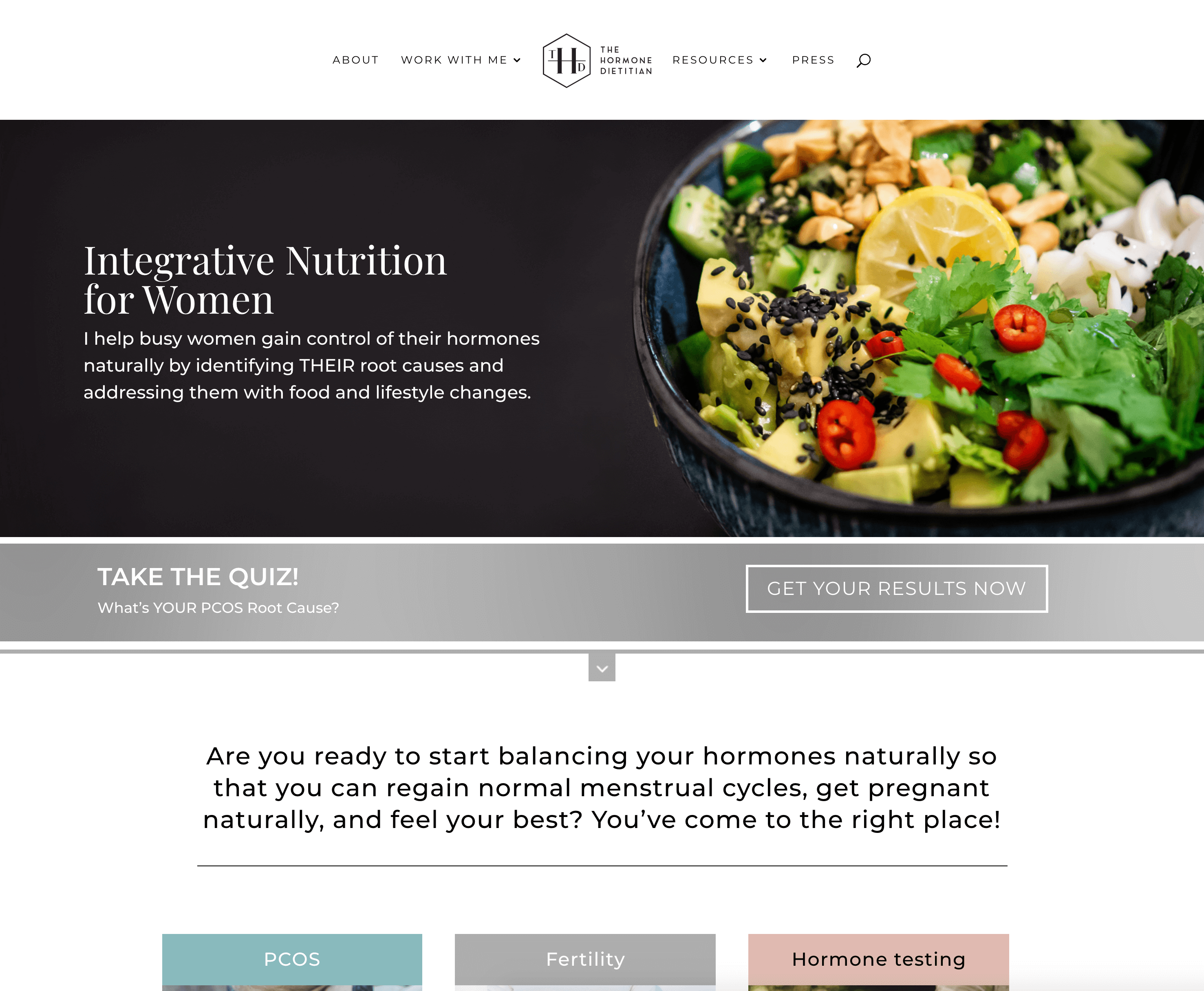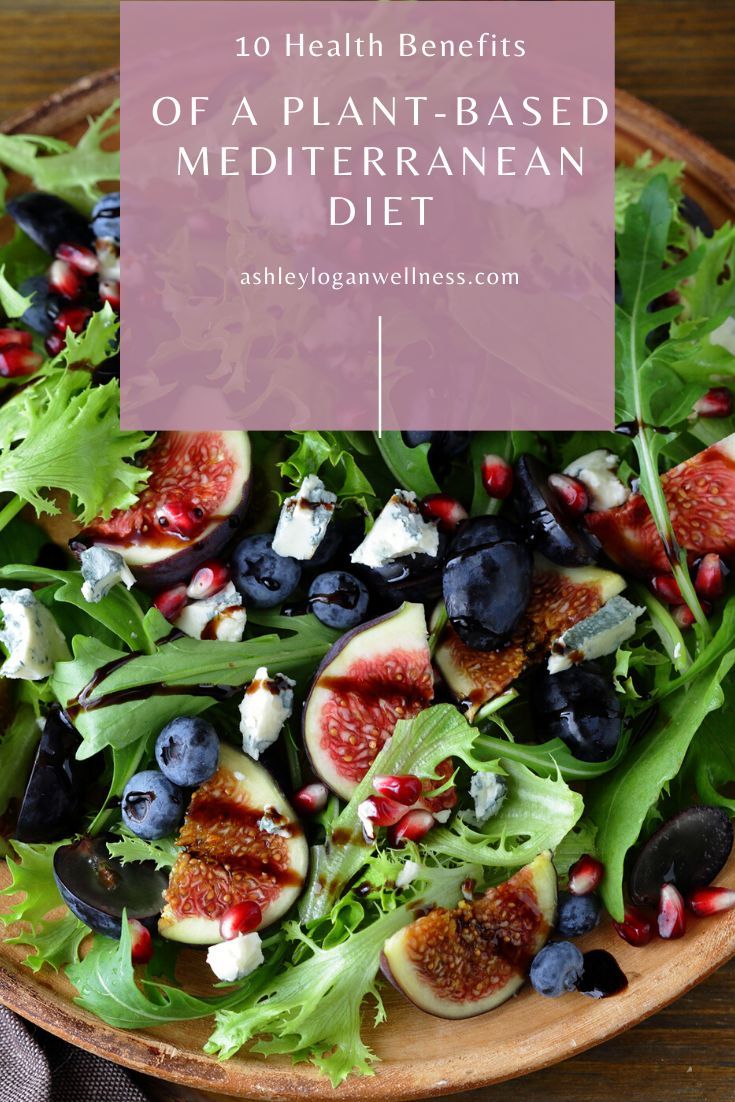
Supplements to vitamin B12 are an option that can be added to the diet of vegetarians. Lack of this vitamin may lead to a variety of health problems, including anaemia and impaired brain development in babies. Furthermore, vitamin B12 absorption decreases as people age, so older vegetarians may also require supplements. However, it is important to consult your doctor before taking supplements.
Vegetarian meal and snack options
With a wide range of meal and snack options, vegetarians can find the right food to satisfy their hunger pangs. These foods can either be made at home or pre-prepared. These foods are easy to prepare and provide a lot of fiber and protein.
A tasty snack for vegetarians includes dried pea crisps or edamame. There are many other great options, including nuts and seeds. These foods are full of protein, fiber, vitamins B12, and more. Nuts and seeds can be part of homemade trail mix, but you should watch the portion sizes. Another option is to make nut bars with protein.

Sources of iron
If you are a vegetarian and want to boost your iron levels, one of the best options for you is eating spinach. This green leafy vegetable is rich and nutritious in vitamins and minerals. It is also a great source for iron. In just one cup, cooked spinach contains 6 milligrams. It also has healthy amounts of fiber and potassium. Garbanzo beans (vegetarian) are another source. 5 mg of iron is found in one quarter cup of grarbanzo beans.
Vegetarians have lower iron reserves than children who eat meat. They should therefore eat foods high in iron. They should also ensure that they consume enough vitamin B12, which is needed for growth and repair and is found in animal products.
Fiber
Vegetarians can eat legumes like lentils to get a high-fiber diet. These legumes are full of fiber and have a wide variety of vitamins, minerals and nutrients. They are also a great vegetarian source of protein and iron. A cup of cooked lentils contains approximately 15 grams fiber. Lentils are also a great addition to many vegetarian dishes.
Another way to increase your daily intake of fiber is to increase your intake of fruits and vegetables. The recommended daily intake for fiber is half, which means that most people don't get enough. This can make it easier to eat more fruits and veggies. Fruits and veggies are not only good for fiber but also have health benefits. However, increased intake of fiber may not be effective for everyone, so you must check with your physician or dietitian before making any major changes to your diet.

Protein
Vegetarians can still eat a lot of protein. You can get a lot of protein from plants like beans and legumes. Vegetarians can include eggs and dairy products as they are high in protein. Eggs and dairy products have similar levels of protein to fish and meat. Some people even consider eggs the perfect food for anyone looking for a high-quality source of protein.
Research into vegetarian diets has many interesting aspects. One is the distribution and intake of protein. The best research on vegetarian diets shows that they provide both energy and protein intake distributions. However, this data is not always available. Many studies do not include or report certain diet variables or provide very low estimates of protein intakes. It is difficult to distinguish between the real energy and protein intakes for different groups.
FAQ
What are 10 healthy behaviors?
-
Every day, eat breakfast.
-
Don't skip meals.
-
Be balanced.
-
Get plenty of water.
-
Take good care of your body.
-
Get enough rest.
-
Avoid junk food.
-
Do some exercise every day.
-
Have fun
-
Make new friends
What is the distinction between a calories and a kilogramcalorie?
Calories measure the amount energy in food. The unit of measurement is called a calorie. One calorie contains the energy needed to raise the temperature of one gram of water by one degree Celsius.
Kilocalories can also be used to refer to calories. Kilocalories equal one thousandth of an calorie. 1000 calories are equal to one kilocalorie.
Here are five ways to lead a healthy lifestyle.
What are 5 ways to live a healthy lifestyle?
A healthy lifestyle means eating right, being active, getting enough sleep, managing your stress levels, and having fun. Eating well means avoiding processed foods, sugar, and unhealthy fats. Exercise strengthens your muscles and helps you lose calories. Sleeping enough can improve memory and concentration. Stress management reduces anxiety, depression and other symptoms. Fun keeps us vibrant and young.
How can I lower my blood pressure
Find out the causes of high blood pressure first. Next, you must determine the cause and take steps to decrease it. This could include eating less salt, losing weight if necessary, taking medication, etc.
You also need to make sure you are getting enough exercise. Try walking if you don’t find the time.
If you are unhappy about how much exercise you do, you might consider joining a fitness club. You will probably join a gym that is open to other people with similar goals. It's easier to stick to an exercise routine when you know someone else is going to see you at the gym.
Statistics
- WHO recommends consuming less than 5% of total energy intake for additional health benefits. (who.int)
- This article received 11 testimonials and 86% of readers who voted found it helpful, earning it our reader-approved status. (wikihow.com)
- Extra virgin olive oil may benefit heart health, as people who consume it have a lower risk for dying from heart attacks and strokes according to some evidence (57Trusted Source (healthline.com)
- In both adults and children, the intake of free sugars should be reduced to less than 10% of total energy intake. (who.int)
External Links
How To
What does the term "vitamins" mean?
Vitamins are organic compounds naturally found in food. Vitamins are essential for our bodies to absorb nutrients from the foods we eat. Vitamins cannot be made by the body; they must be taken from food.
There are two types: water-soluble and fat-soluble vitamins. Water-soluble vitamins dissolve easily when they are dissolved in water. You can find vitamin C,B1 or thiamine, B2 or riboflavin and B3 or niacin. B6 is pyridoxine. Folic acid, biotin and pantothenic are some examples. Fat soluble vitamins are stored in the liver and fatty tissue. You can find vitamin D, E K, A and beta carotene as examples.
Vitamins are classified based on their biological activity. There are eight major vitamin groups:
-
A – Essential for normal growth, and the maintenance of good health.
-
C is important for nerve function and energy production.
-
D – Essential for healthy teeth, bones and joints
-
E is required for good vision and reproduction.
-
K - essential for healthy nerves, muscles, and joints.
-
P - essential for strong bones, teeth and tendons
-
Q – aids digestion and absorption.
-
R - necessary for making red blood cells.
The recommended daily allowance (RDA), for vitamins, varies based on gender, age, and physical condition. The U.S. Food and Drug Administration has established the RDA values.
For adults aged 19 and older, the RDA for vitamin B is 400 micrograms daily. Pregnant mothers need 600 micrograms a day to ensure fetal growth. Children ages 1-8 require 900 micrograms per day. Babies under one-year old need 700 micrograms per daily. Between 9 and 12 month, however, this drops to 500 mg per day.
Children between the ages of 1-18 need 800 micrograms per daily for obesity, while those overweight require 1000 micrograms. To meet their nutritional needs, children underweight and obese need 1200micrograms.
Children between 4-8 years of age who have been diagnosed by anemia must consume 2200 micrograms daily of vitamin C.
Adults over 50 years of age need 2000 micrograms per day for general health. Mothers who are pregnant, nursing, or have a high nutrient need will require 3000 micrograms a day.
Adults over 70 need 1500 micrograms daily, since they lose around 10% of their muscle mass every decade.
Women who are pregnant or lactating need more than the RDA. Pregnant women need 4000 micrograms per dayduring pregnancy and 2500 micrograms per day after delivery. Breastfeeding mothers need to consume 5000 micrograms each day when breastmilk has been produced.